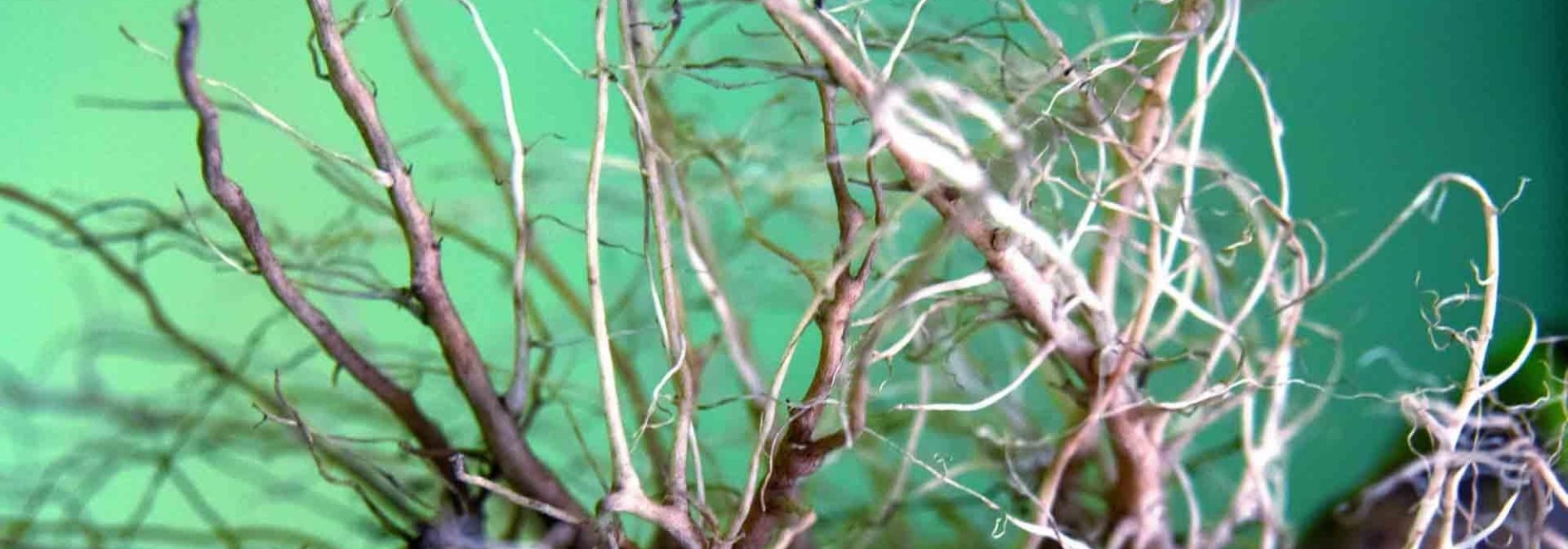
The different types of root systems
Let's see what's going on underground...
Contents
What defines a good plant is not, paradoxically, its above-ground parts (stems, flowers, leaves…) but rather its root system. It must be strong and healthy so that the plant can anchor itself securely and take up water and nutrients properly. These hairs attached to roots absorb water and nutrients. But roots also act as reserves for plants: this is well known for rootstocks and tubercles but it is also true for other types of roots, notably for perennials and deciduous woody plants whose sap descends in autumn into the root system to store enough nutrients to restart growth in spring. It’s also worth noting that roots provide an interface with various living organisms in the soil, what is known as the rhizosphere effect. But, although roots always have the same roles, not all plants have the same root system. These root systems can differ according to species of plant but also to soil type or availability of water and nutrients. Let’s take stock of these different root systems!
Pivoting root system or taproot
Basically, it’s a carrot! This type of root system is found in many plants, notably among dicotyledons and gymnosperms (conifers, Cycas and Ginkgos).
Primary root penetrates deeply and vertically into soil, while lateral secondary roots develop from it. Taproots can take several forms: conical like a carrot, fusiform like a long radish or napiform like a turnip. Plants with this type of root system are difficult to pull out of soil and to transplant. Many taproots have been modified through evolution to become particularly efficient storage organs.
Some examples: Tomato, carrot, parsnip, radish (yes, what we eat is simply an enlarged taproot!), oak, hawthorn, pine, spruce, dandelion…
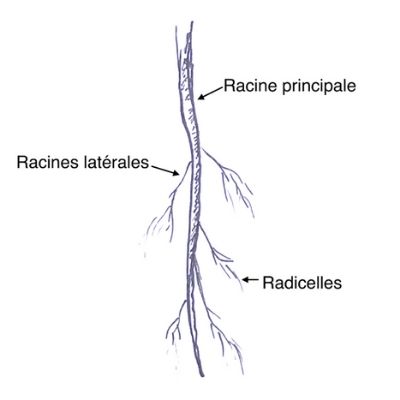
Taproot © Gwenaëlle David-Authier
Read also
Trees and bushes: different habitsFasciculate root system
Root system more common among monocotyledonous plants, notably grasses and bulbous plants.
Fasciculate root system forms a vascular bundle of roots that all start from the same point, so there is no main root. It is very clear when pulling up a tuft of grass, but also very noticeable on leeks, whose roots all originate from the base of the swollen stem (as a reminder, bulbs are swollen stems transformed into storage organs, so they are not roots; roots emerge from beneath).
Examples include: leek, tulip, onion, grasses, maize, plantain…
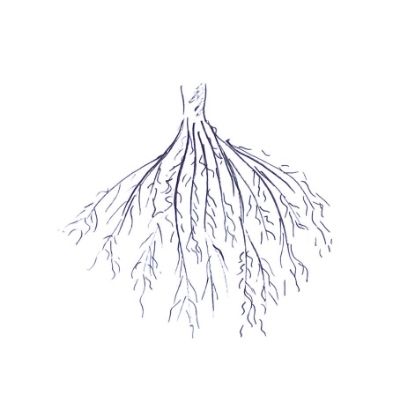
Fasciculate root © Gwenaëlle David-Authier
Discover other Shrubs
View all →Available in 0 sizes
Available in 1 sizes
Available in 1 sizes
Available in 1 sizes
Available in 1 sizes
Available in 1 sizes
Available in 1 sizes
Available in 1 sizes
Available in 1 sizes
Available in 1 sizes
Running root system
In this case, main root is poorly developed, so lateral roots take over. These will grow horizontally at shallow depth and create at regular intervals a kind of mini taproot. That is why some groundcover plants are so effective at rapidly colonising a given area, but the same applies to some local trees.
Some examples: poplar, willow, bamboos, beech, ash, Fabaceae (beans, peas, broad beans…).

Running root © Gwenaëlle David-Authier
Adventitious roots
Often complementary to a first root system, adventitious roots form on stems from a node. As soon as the stem touches the soil, roots appear and allow a second shoot to grow. But adventitious roots can also appear on the stem of certain plants (tomato or maize for example) above the “true” root system; the idea can be summed up like this: “two root systems will be more effective than one!“
Some examples: strawberry, mint, periwinkle…
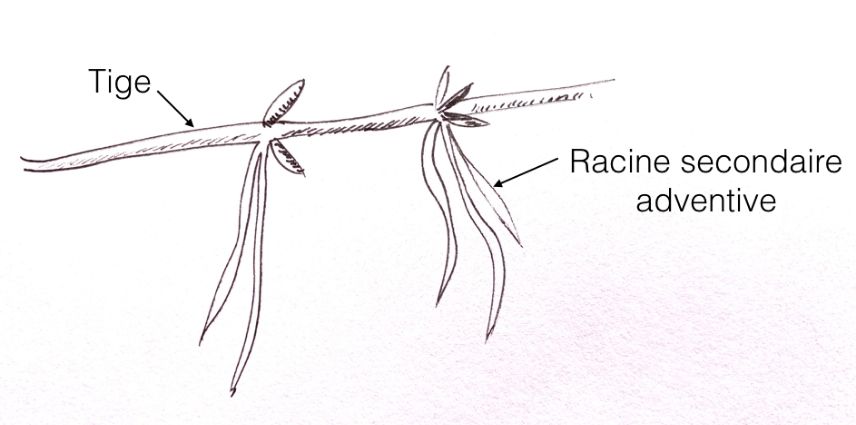
Adventitious root © Gwenaëlle David-Authier
More unusual systems relating to roots
- climbing roots : as in ivy or climbing Hydrangea, these are adventitious roots that allow the plant to attach to a support (wall, tree…). They do not absorb nutrients and are therefore never harmful to the host tree ;
- aerial roots : they develop on the vegetative parts of the plant and are designed to absorb atmospheric moisture. They occur on tropical plants, especially epiphytes (orchids, bromeliads, Tillandsia…) ;
- internal roots : surprisingly, inside a hollow but still living tree roots can develop. They will take up the nutrients contained in the humus formed there. The tree can then grow towards its centre and restore an inner bark ;
- “storage” roots : like tuberised roots (tubercle) in lesser celandine or dahlia, or in some succulent roots which allow water storage ;
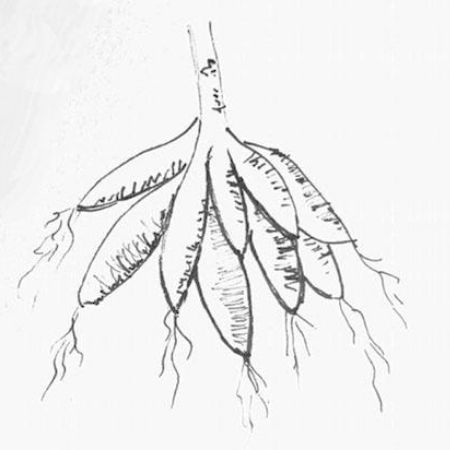
Tuberous root © Gwenaëlle David-Authier
- structural roots : such as stilt roots, adventitious roots anchored in the soil (mangrove palms) or buttress roots of kapok trees which, by running up the trunk, help stabilise trees. Both types of root help keep trees upright on very loose or very shallow soils (equatorial forest) ;
- respiratory roots : vertical roots that emerge from the water and ensure gas exchange as is the case for many mangrove or swamp trees (example: bald cypress) ;
- haustorial roots : roots that allow the plant to “suck” water and nutrients directly from the host plant. This occurs in parasitic or hemiparasitic species such as mistletoe.
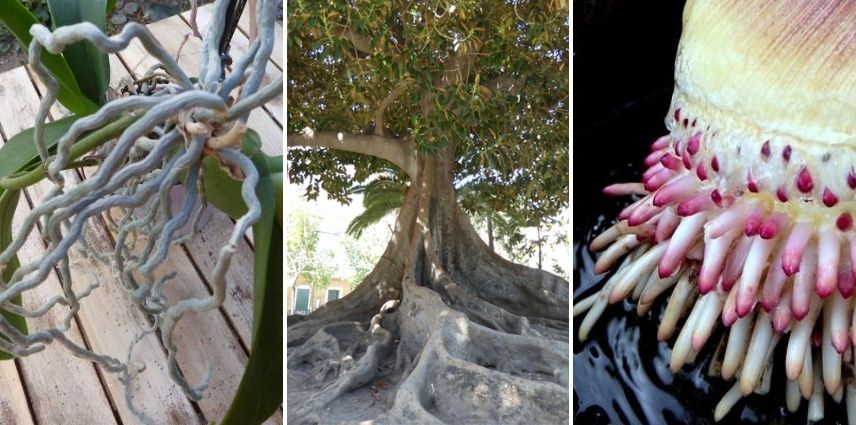
Aerial roots of an orchid (photo: Gwenaëlle David), roots of a kapok tree at the botanical garden of Cadiz (photo: Gwenaëlle David), bamboo roots (photo: Ken Ishikawa)
Did you know?
In reality, some plants, depending on species and on external interactions (human activity, soil, climate, humidity…), can adopt mixed root systems that may be taproot, fasciculate or running at the same time.
Roots interact with soil flora and fauna. Thus some plants such as Fabaceae (legumes) and alder, for example, can fix atmospheric nitrogen from the air thanks to bacteria present in their roots.
Trees, but not only, live in symbiosis with fungi, which allows them to exchange nutrients and even “communicate” with one another: these interfaces are called mycorrhizae. Everyone benefits from this association: the fungus helps plant absorb water and certain minerals from soil, while plant supplies fungus with carbon it cannot synthesise, lacking photosynthesis.
- Subscribe!
- Contents
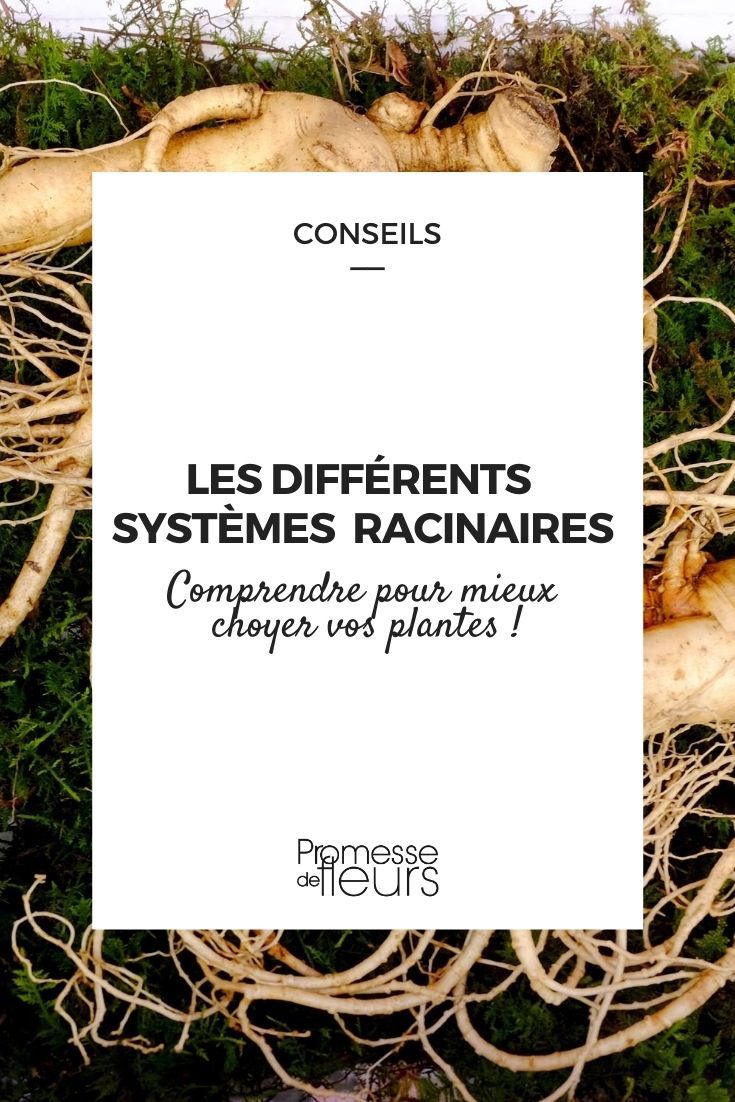































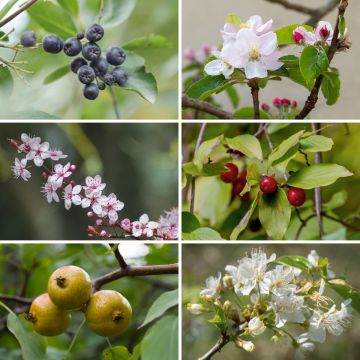
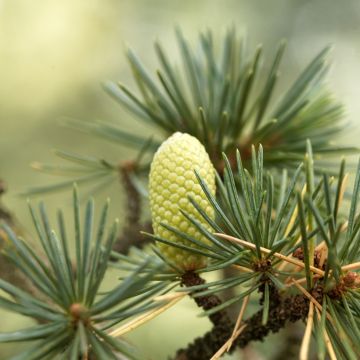
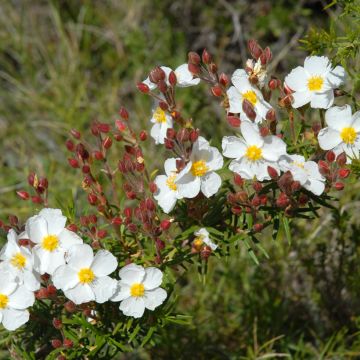
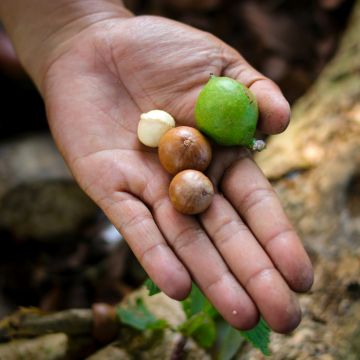
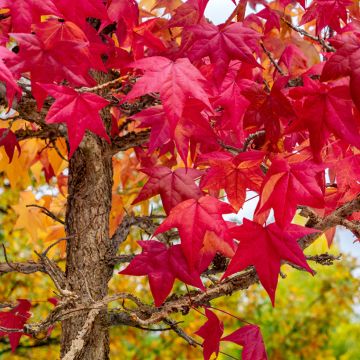


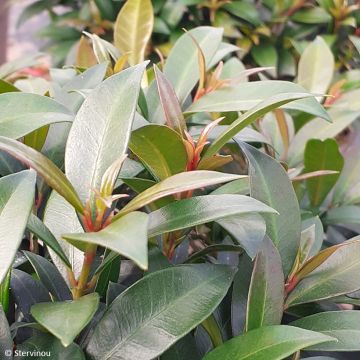
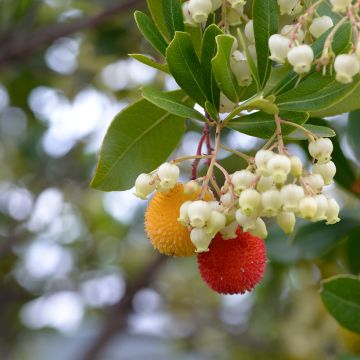
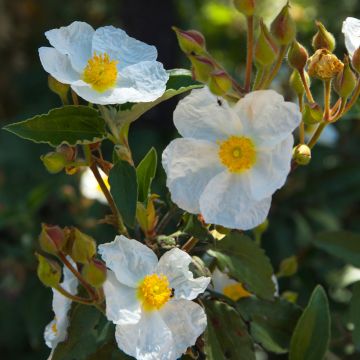
Comments